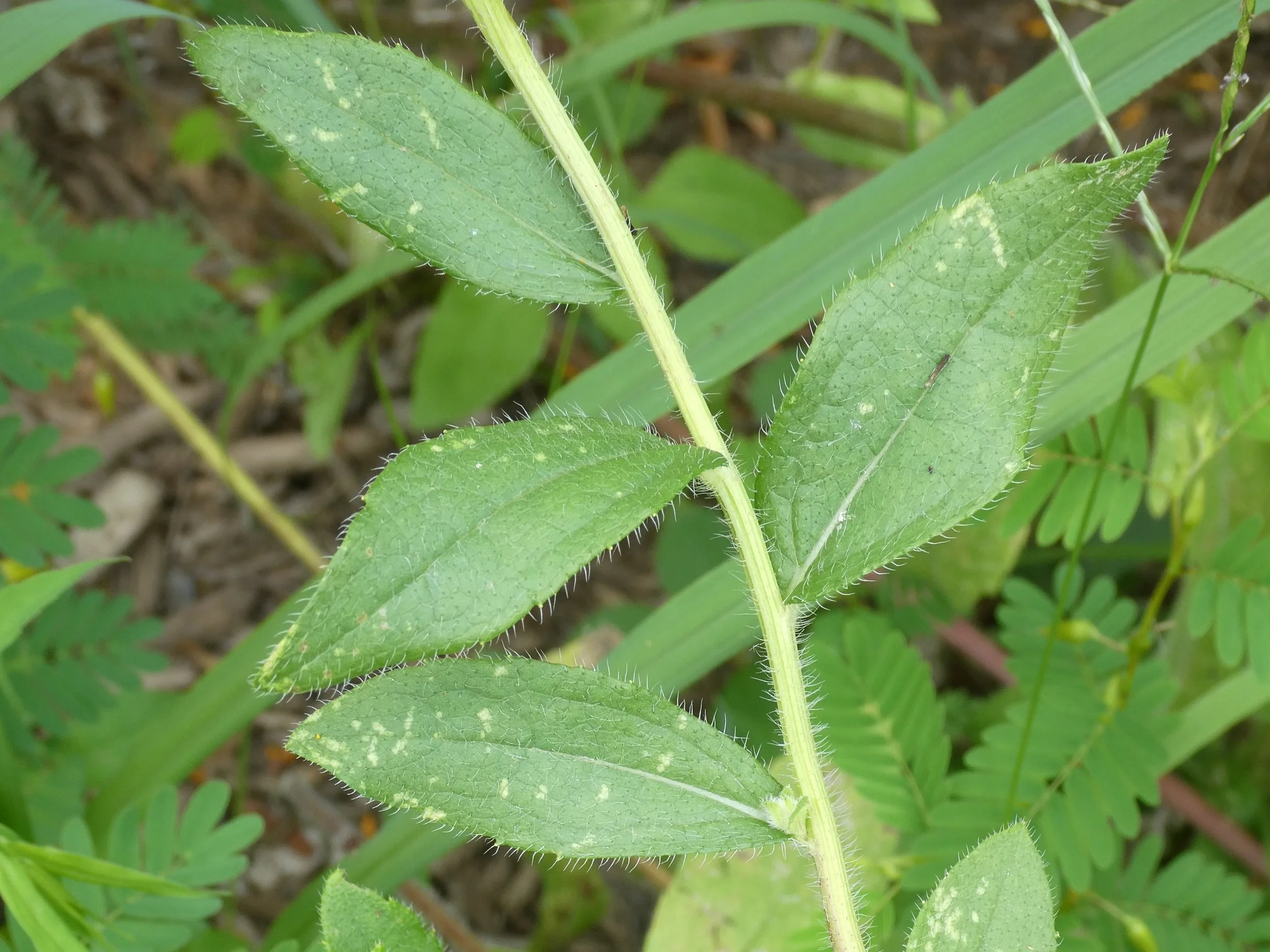Plant of the Week 8: Orange Coneflower (Rudbeckia fulgida)
Beautiful and trouble-free, Orange Coneflower is an easy choice to include in a garden and is one of the more widely available native perennials at nurseries. It boasts bright gold to orange, daisy-like flowers with dark brown centers. Flowers are long lived and bloom in late summer / early fall, from July into October. Orange Coneflower is quite floriferous and can cover the entire plant when in full bloom. Plants will slowly spread by rhizomes (underground stems) and can self-seed to create stunning displays.
There are many names besides Orange Coneflower associated with Rudbeckia fulgida, including Black Eyed Susan and Eastern Coneflower. The common name Black-Eyed Susan is usually referring to Rudbeckia hirta, the state flower of Maryland.
It can be hard to tell the difference between Orange Coneflower and Black-Eyed Susan. The easiest way to distinguish the two species is in the leaves and stems. Orange Coneflower leaves are more toothed and slightly wider while Black Eyed Susan leaves are narrower and not as toothed. Also, Black Eyed Susan usually has a hairier stem.
A less reliable identifier is Orange Coneflower is generally shorter in stature than Black-Eyed Susan. Black-Eyed Susan is also an annual, biennial, or short-lived perennial whereas Orange Coneflower is a true perennial with a decently long-life span.
Toothed leaves of R. fulgida
Untoothed leaves of R. hirta
Stems not that hairy
Hairy stems
Orange Coneflower is beneficial to a variety of wildlife. It is a pollen and nectar source that attracts many different pollinators and supports several species of caterpillars. Birds, especially American goldfinches, enjoy eating the seeds.
Despite being common in gardens and nurseries, Orange Coneflower is relatively rare in the wild. In Maryland, it is listed as S3 (Watch List / Vulnerable), which means it is at moderate risk of extirpation in the state. One location where Orange Coneflower is present is Huntley Meadows in Alexandria, VA.








